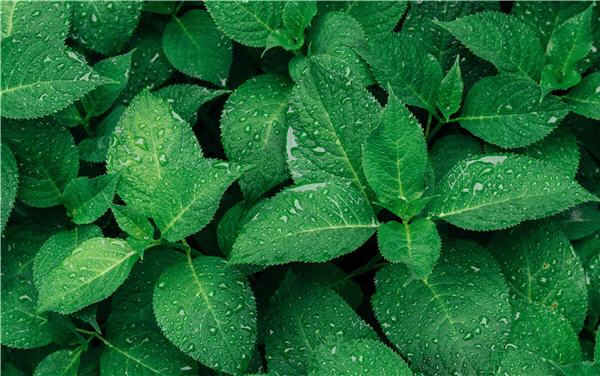Spring is in the air – literally! We all notice when we step outside in March that the air smells fresh and invigorating, especially after it’s rained. Just as fall smells like crackly, dry leaves, spring smells like newly turned earth and new growth. According to The Soil Association, that fresh, earthy smell is due to a compound called “geosmin.” Soil dwelling bacteria called Actinomycetes thrive in soil when it’s damp. When temps start to warm up and the soil begins to dry up, Actinomycetes produce tiny spores that release geosmin. Geosmin is especially noticeable after rainfall, because it’s carried into the humid air.
And according to Nature.com “Petrichor, the distinct way that dry earth smells after it rains, comes in part from bacteria in the soil that release a chemical odorant called geosmin.
Petrichor is defined as “a pleasant smell that frequently accompanies the first rain after a long period of warm, dry weather.” The word was first coined in Australia in 1964 by mineral chemists Isabel Joy Bear and Richard Grenfell Thomas in a publication in Nature entitled “The Nature of Argillaceous Odor” referring to the characteristic odor of dry soil or clay when moistened. According to the authors, “The diverse nature of the host material has led us to propose the name ‘petrichor’ for this apparently unique odor which can be regarded as an ‘ichor’ or ‘tenuous essence’ derived from rock or stone.”


Recent Comments